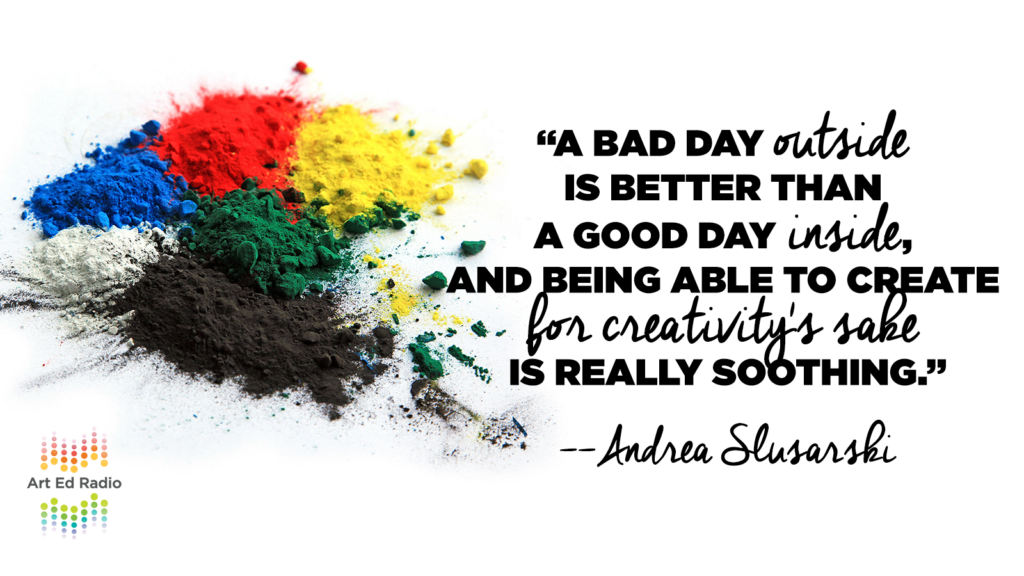Related
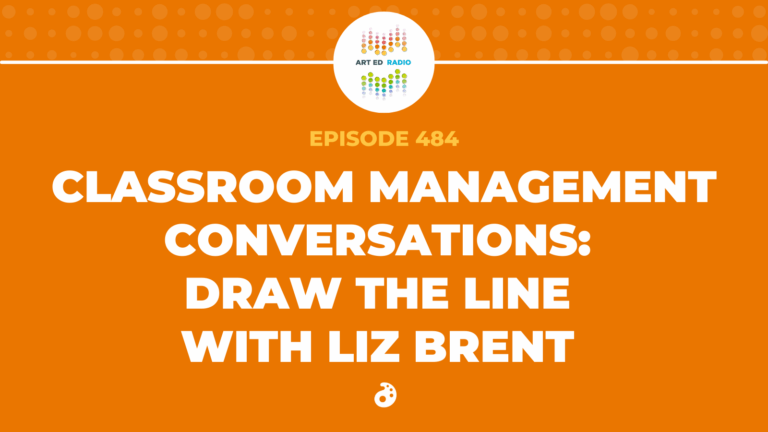
Podcast
Classroom Management Conversations: Draw the Line with Liz Brent (Ep. 484)
In this episode of Art Ed Radio, Tim talks with Chicago-area high school art teacher Liz Brent from AOEU’s Draw...
Learn More
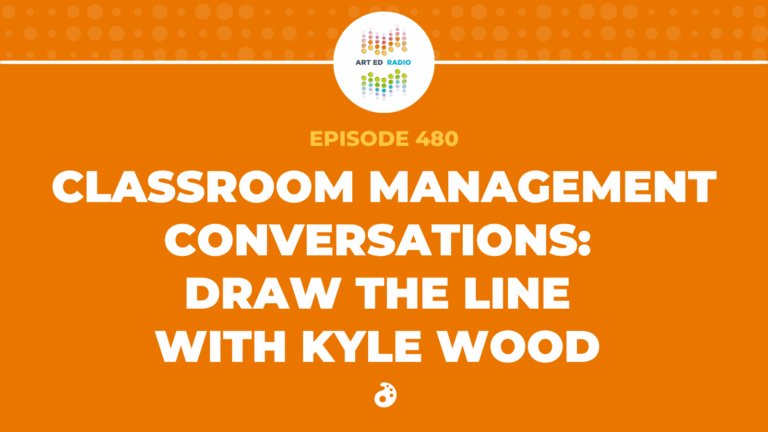
Podcast
Classroom Management Conversations: Draw the Line with Kyle Wood (Ep. 480)
Classroom management can feel overwhelming, but it doesn’t have to be complicated. In today’s episode, Kyle Wood joins Tim and...
Learn More
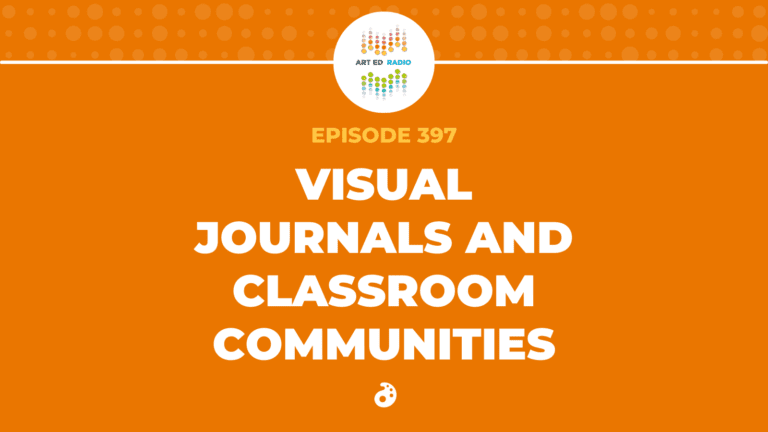
Podcast
Visual Journals and Classroom Communities (Ep. 397)
In today’s episode, Tim welcomes first-time guest Stephanie Zeiler for a wide-ranging conversation. They begin by discussing visual journals and...
Learn More
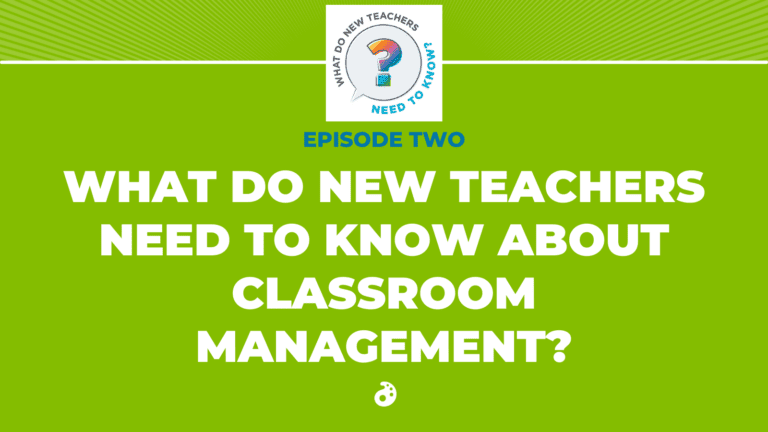
Podcast
What Do New Teachers Need to Know About Classroom Management? (Episode 2)
In the second episode of the What Do New Teachers Need to Know? podcast, Lindsey Moss joins Tim and Janet...
Learn More

